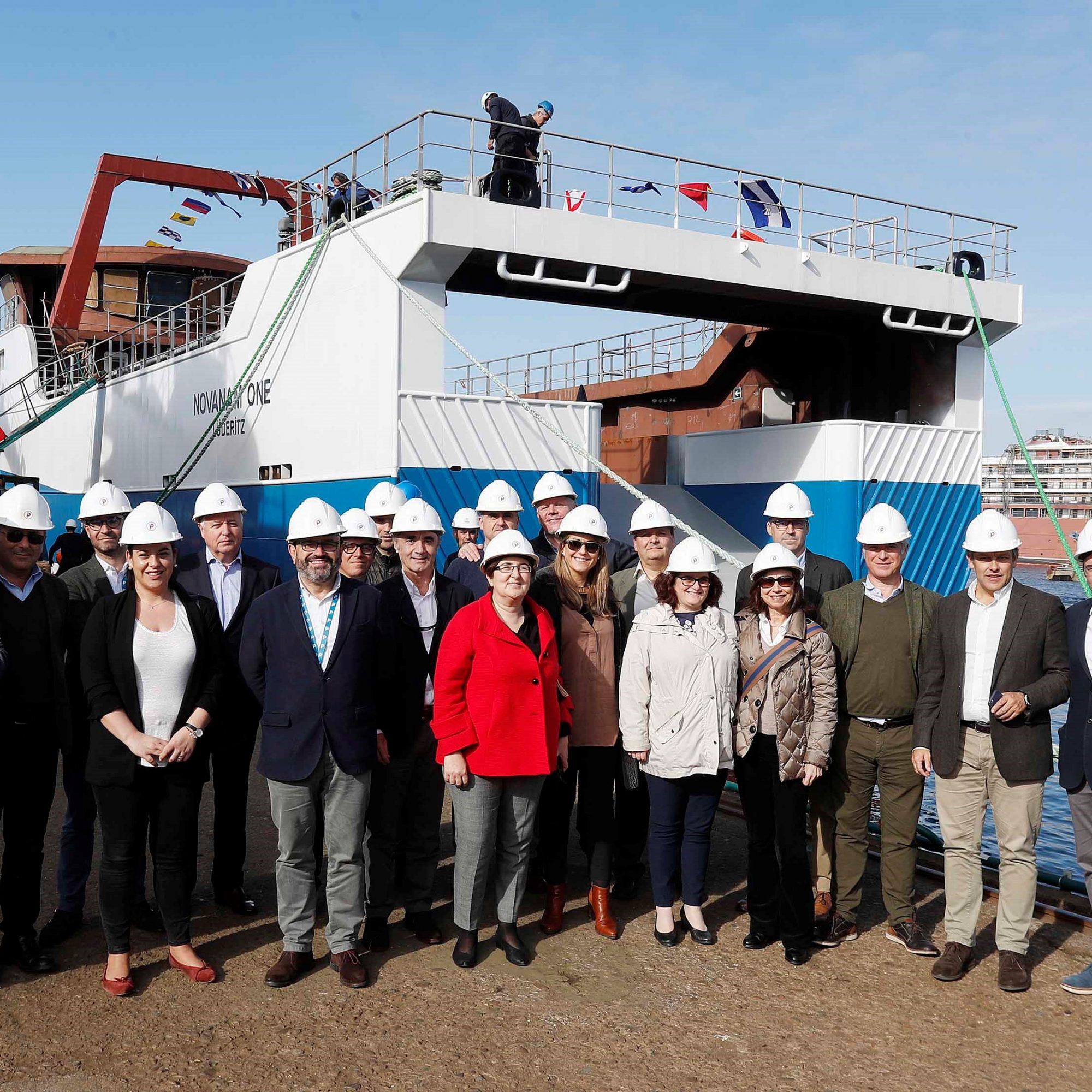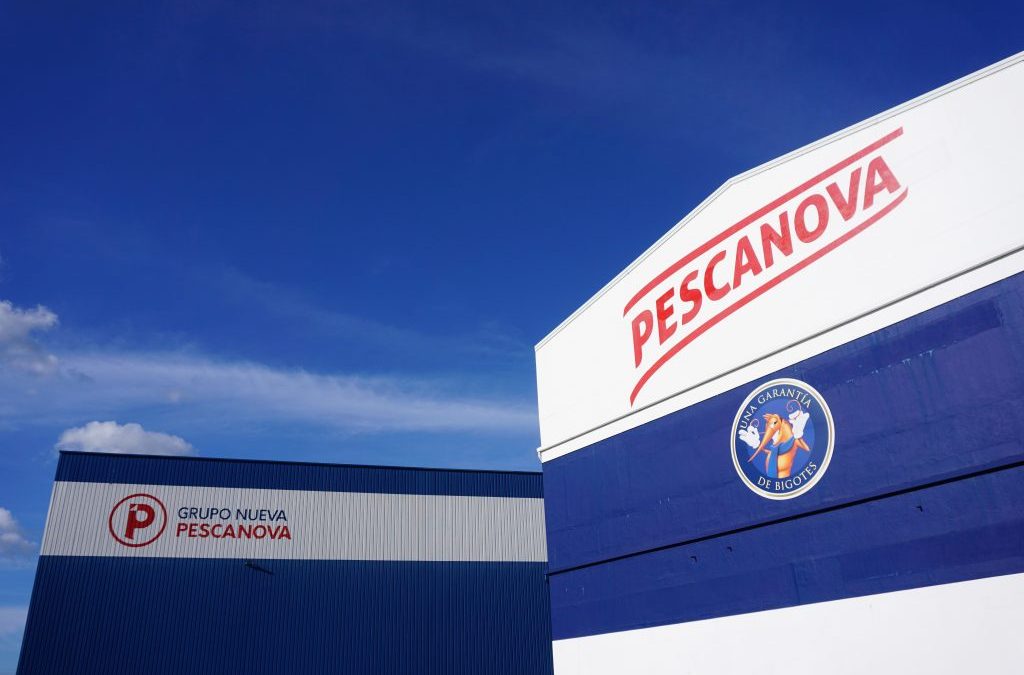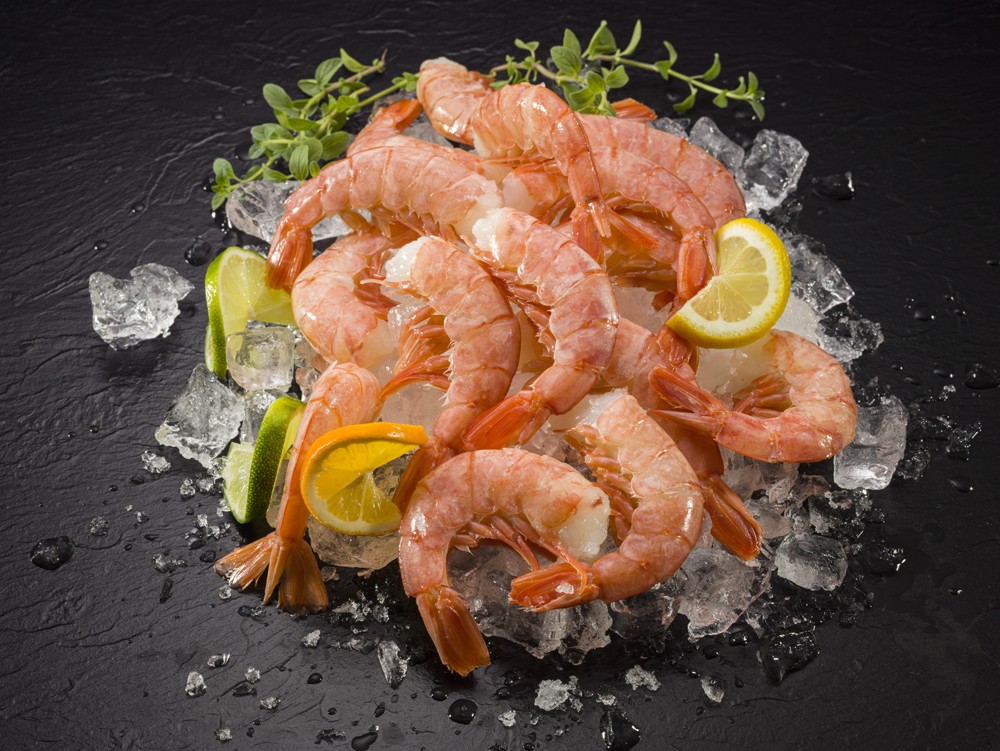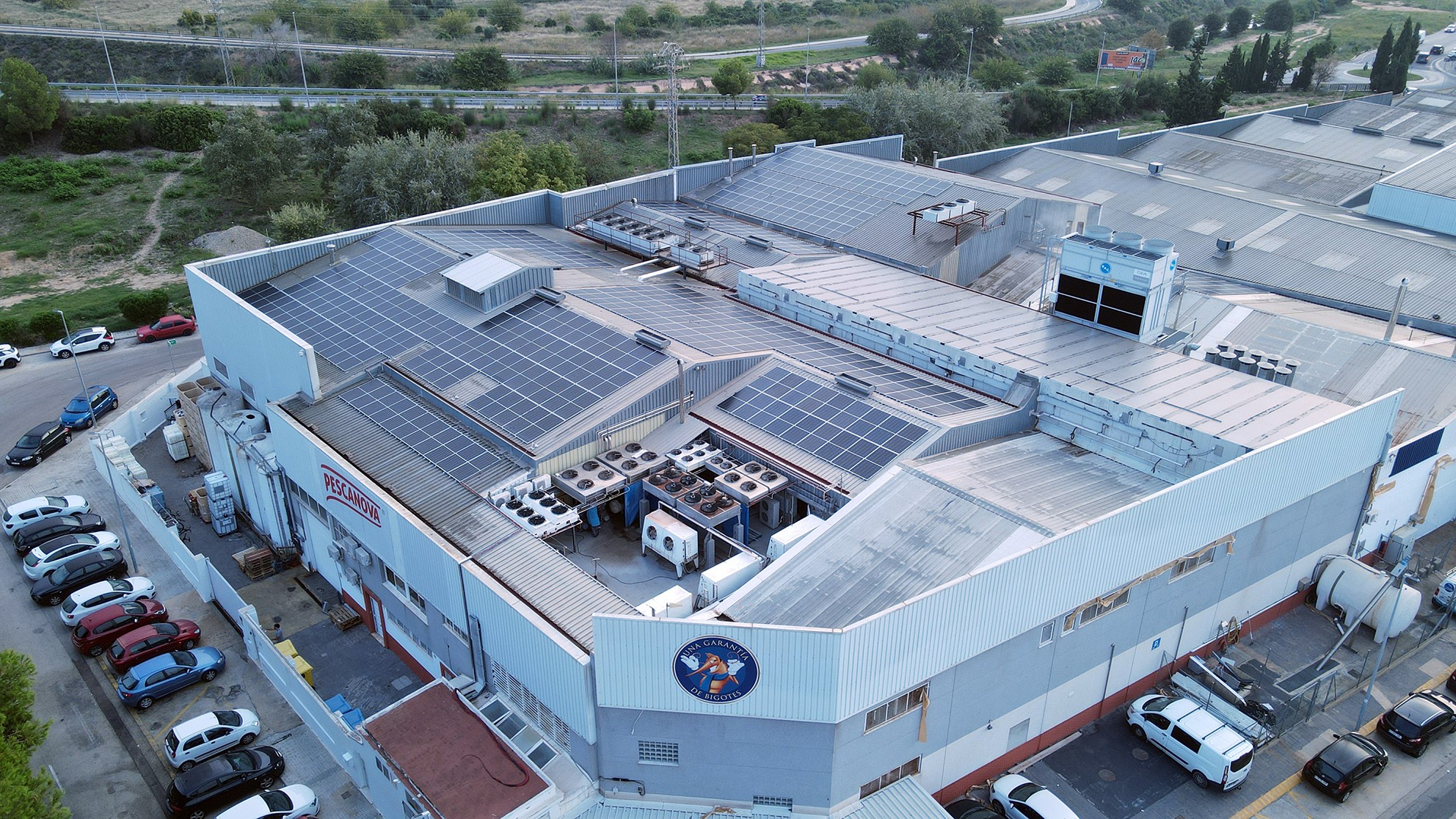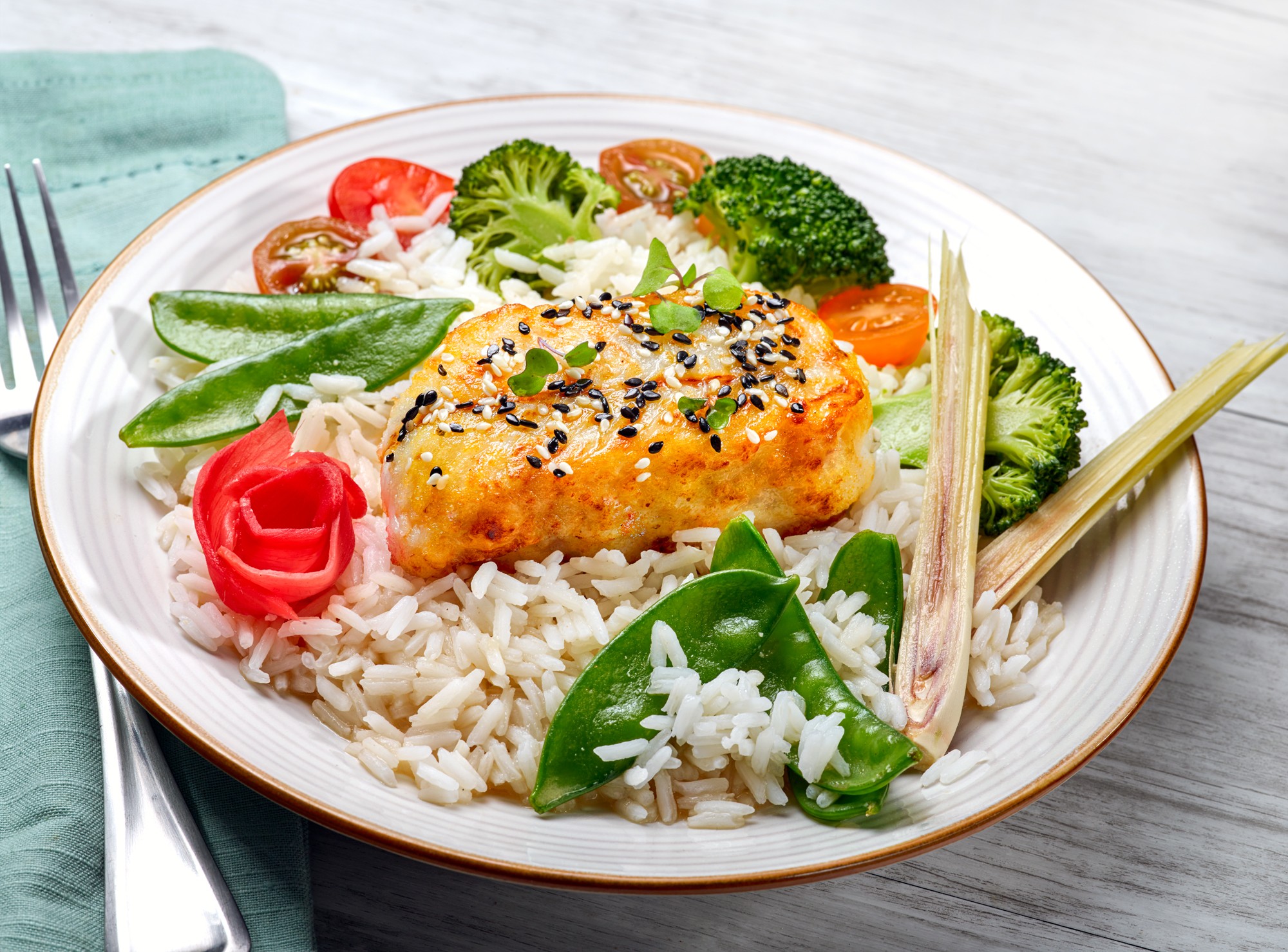Article taken from: Nueva Pescanova
March 10, 2020
- The new vessel, measuring 50 meters in length, will be used to catch hake for the group’s affiliate in Namibia
- After the Lalandii 1 and Ponta Matirre, which are already in operation in Namibia and Mozambique respectively, it will be the next one on the list of the seven new vessels with which the company is renewing their fleet
Vigo, 10 March 2020.-The Nueva Pescanova Group, this afternoon at the Armón shipyards in Vigo, celebrated the launch of their new vessel, the NovaNam One, the second of the three 50-meter-long wetfish ships that are being built for hake fishing by the Group’s affiliate in Namibia.
Its name comes from the name of one of the company’s affiliates in the African country and, like all the new ships being built, it has cutting-edge equipment. Among other aspects, its high energy efficiency engines stand out, allowing for high performance, reducing consumption and emissions, as well as improvements in the on-board processing system and greater comfort for the crews.
After recent deliveries of the Lalandii 1 and Ponta Matirre, which are already in operation in Namibia and Mozambique respectively, it will be the next one on the list of the seven new vessels with which the company is renewing their fleet.
The total investment, the largest that has been made in Spain so far by a company in the fishing sector, was around 42.5 million euros and is creating 200 jobs in the region. Thus, the company strengthens its commitment to creating local employment in all the countries in which it operates, as well as its contribution to the economic and social development of its communities.
The delivery of the NovaNam One is scheduled for the middle of the year and will join the fleet of 70 ships operating in the southern hemisphere.
